
This book is based on true facts, so I have learnt a lot about some historic characters I knew nothing about. The time frame in which the novel is set is between April 1782 and 1783.
The figure who is central in the novel is Charles Byrne, called the Irish Giant. Charles Byrne (1761–1783) or “The Irish Giant”, was a man regarded as a curiosity or freak in London in the 1780s. His gentle, likeable nature inspired an immense public fondness, and his celebrity life was constantly splashed across the newspapers of the day. Byrne’s great height was the result of a then-undiscovered growth disorder (known today as acromegaly or acromegalic gigantism), and his health declined sharply in his twenty-second year.
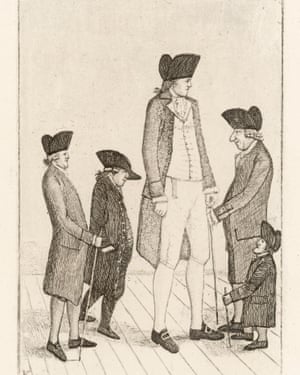
John Hunter is the doctor who plotted to get his hands on Byrne’s dead body. John Hunter (13 February 1728 – 16 October 1793) was a Scottish surgeon, one of the most distinguished scientists and surgeons of his day. In 1783, Hunter moved to a large house in Leicester Square. The space allowed him to arrange his collection of nearly 14,000 preparations of over 500 species of plants and animals into a teaching museum.

Hunter acquired the skeleton of the 2.31 m Irish giant Charles Byrne against Byrne’s clear deathbed wishes—he had asked to be buried at sea. Hunter bribed a member of the funeral party (possibly for £500) and filled the coffin with rocks at an overnight stop, then subsequently published a scientific description of the anatomy and skeleton.

Byrne’s skeleton is kept in the Hunterian museum of the Royal College of Surgeons in London. The Hunterian Museum is a museum of anatomical specimens in London, located in the building of the Royal College of Surgeons of England. The Hunterian Museum at the Royal College of Surgeons of England has at its heart the anatomy and pathology collections of the eighteenth century surgeon and anatomist John Hunter.
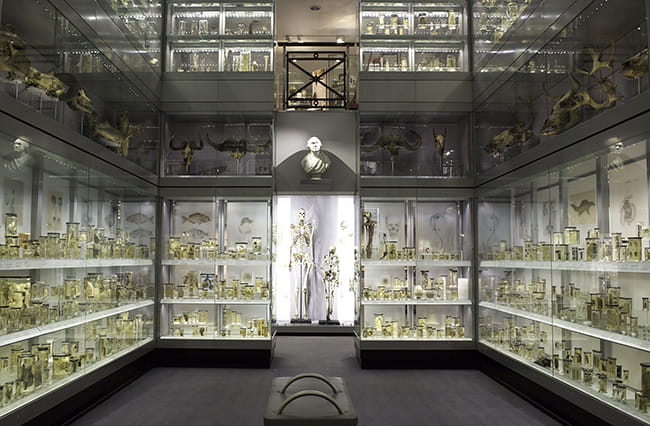
Another important figure is Count Josef Boruwlaski. Józef Boruwłaski (November 1739–September 5 1837) was a Polish-born dwarf and musician who toured in European and Turkish courts.

Ben Crouch and Hartnett, who worked for Hunter, were resurrectionists. Resurrectionists were body snatchers who were commonly employed by anatomists in the United Kingdom during the 18th and 19th centuries to exhume the bodies of the recently dead. Between 1506 and 1752 only a very few cadavers were available each year for anatomical research.
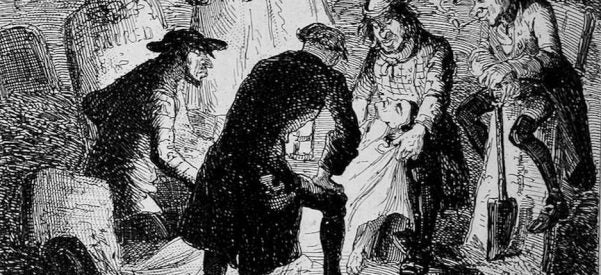
Capelli, the murdered singer, is a castrato. A castrato is a type of classical male singing voice equivalent to that of a soprano, mezzo-soprano, or contralto. The voice is produced by castration of the singer before puberty, or it occurs in one who, due to an endocrinological condition, never reaches sexual maturity.

John Hunter’s brother, William, was the queen’s physician. William Hunter (23 May 1718 – 30 March 1783) was a Scottish anatomist and physician. He was a leading teacher of anatomy, and the outstanding obstetrician of his day. In 1764, he became physician to Queen Charlotte.

There are several references to the Independence War in America, and Prime Minister Lord North resigning over it. Frederick North (13 April 1732 – 5 August 1792), better known by his courtesy title Lord North, which he used from 1752 to 1790, was Prime Minister of Great Britain from 1770 to 1782.Lord North resigned on 20 March 1782 on account of the British defeat at Yorktown the year before. In an attempt to end the war, he proposed the Conciliation Plan, in which he promised that Great Britain would eliminate all disagreeable acts if the colonies ended the war. The colonies rejected the plan, as their goal had become full independence.

Franz Joseph Haydn, the composer, appears several times in the novel. Franz Joseph Haydn (31 March 1732 – 31 May 1809) was an Austrian composer of the Classical period.

Haydn suffer from nasal polyps, which Hunter wanted to remove him, and he even chased Haydn when he refused. Nasal polyps are noncancerous growths within the nose or sinuses. Haydn suffered throughout his life from nasal polyps, which meant that his nose had a rather bulbous and disfigured look to it. At times, it became so uncomfortable that he wasn’t able to compose.

In the novel Haydn is a guest of Anne Hunter, John’s wife. Anne Hunter (née Home) (1742–1821) was a saloniere and poet in Georgian London.[1] She is mostly remembered now for writing the texts to at least nine of Joseph Haydn’s 14 songs in English. She was the wife of surgeon John Hunter and his anatomical collections in their marital home eventually formed the basis for the Hunterian Museum.
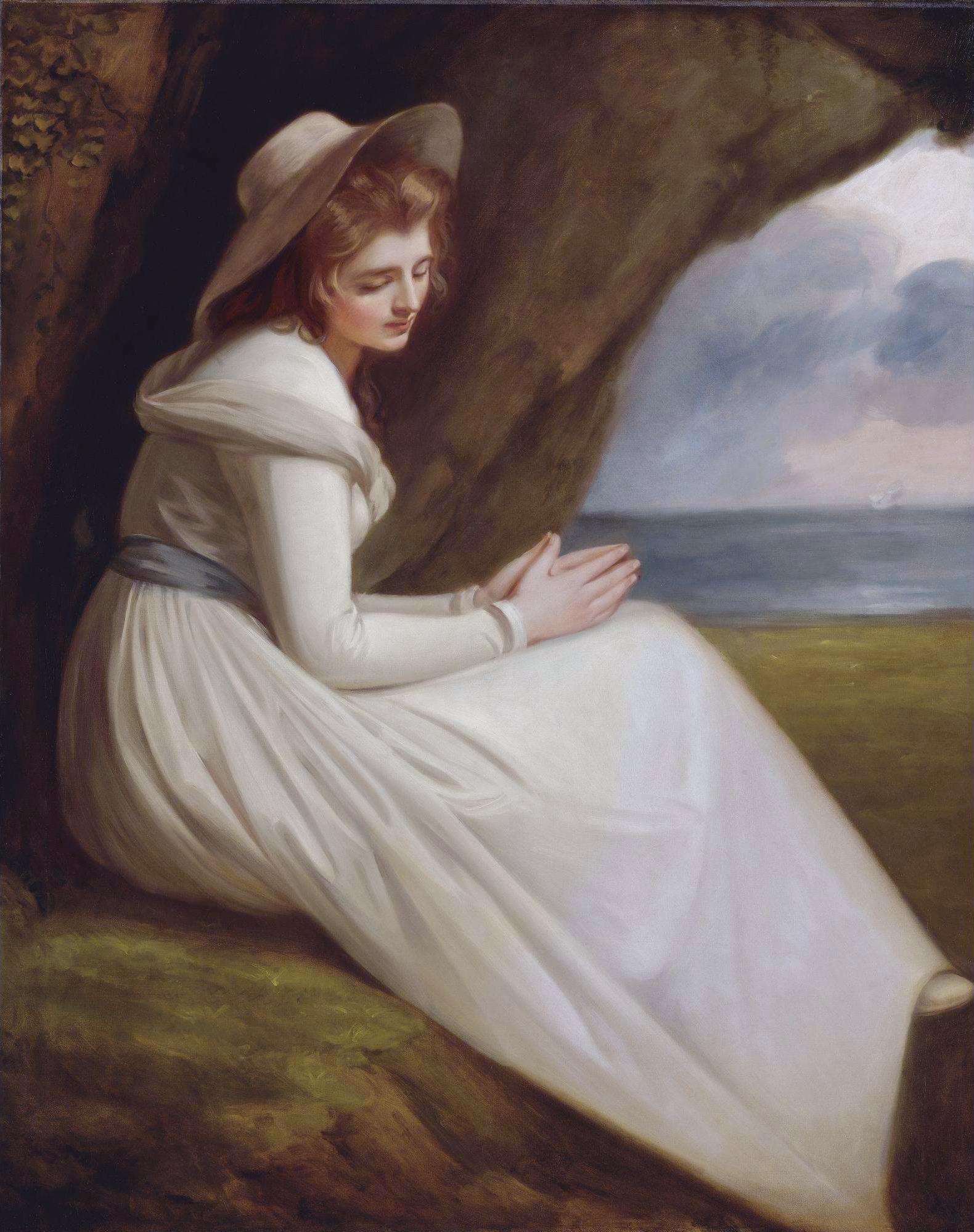
Hollen Street is where Thomas and Carruthers live.

Cockspur Street is where the count lives and Charles stays.
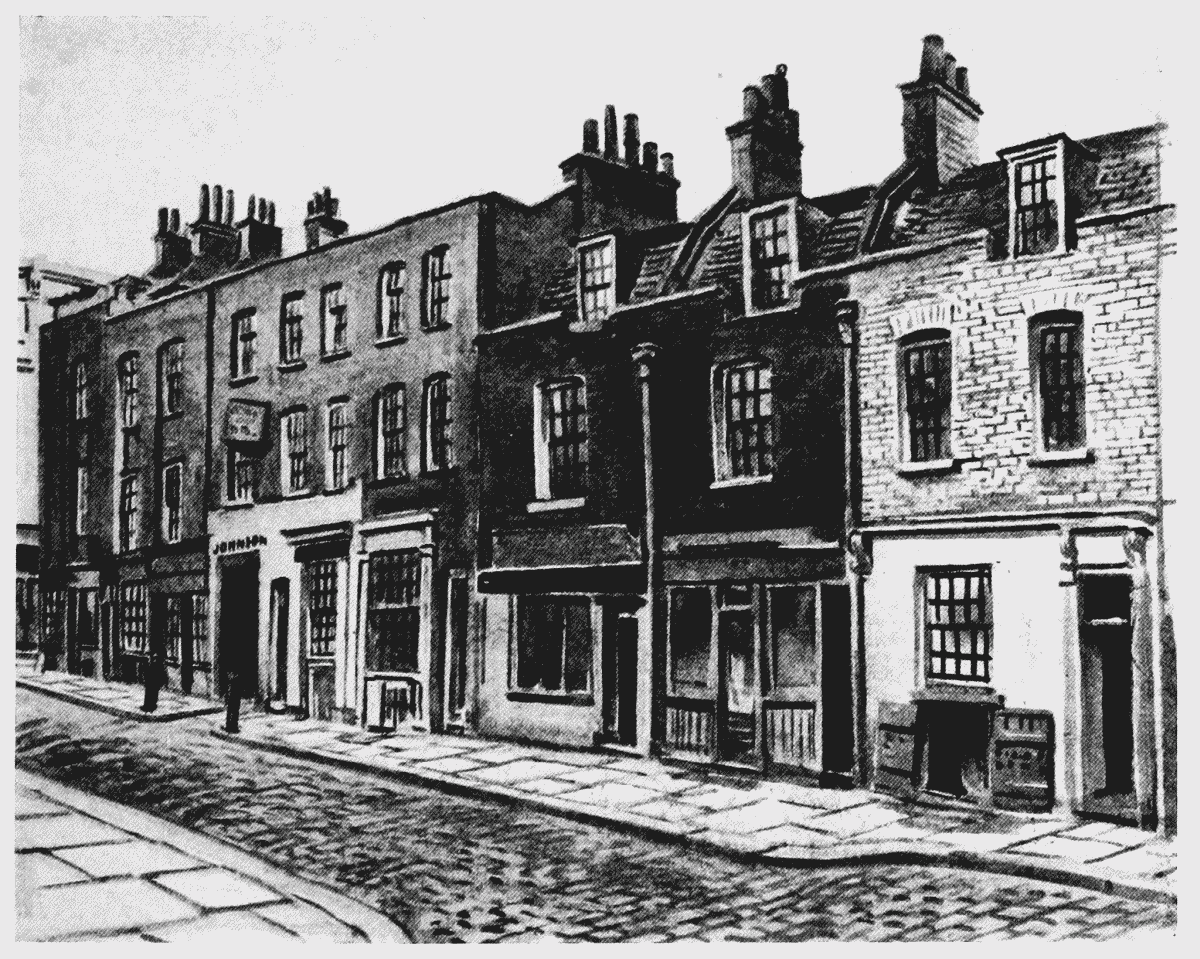
Emily, the lovely maid who falls in love with Charles, comes from St Giles. St Giles is a district of London, in the south-west of the London Borough of Camden. It gets its name from the parish church of St Giles in the Fields. The rookery stood between the church and Great Russell Street, and Seven Dials near where Centre Point stands today, now home to the Centrepoint homeless charity. It was of one of the worst slums within Britain, a site of overcrowding and squalor, a semi-derelict warren.

Lydia tries to kill herself by inhaling laurel water. Laurel water is distilled from the fresh leaves of the cherry laurel, and contains the poison prussic acid.
The clue that leads Thomas to discover Capelli’s murderer is the alum block he finds in his room. An Alum Block, also known as an Alum Stone or Alum Crystal, is a crystal-like stone that is moistened with water and gently rubbed over the shaved area to act as an antiseptic and to combat a number of post-shaving related skin problems including razor bumps, razor burn and redness. It can also help to stop bleeding from small nicks and cuts.

There are references to other giants. One of them is Corny Magrath. Cornelius Magrath (1736–1760) was an Irish giant born in Tipperary. In 1752 he came to Cork for salt water treatments to alleviate the pain of his rapid growth. While there, many persuaded him to exhibit himself for pay.

Before Charles’s death there were rumours of another giant coming to London, Patrick Cotter O’Brien. Patrick Cotter O’Brien (19 January 1760 – 8 September 1806) was the first of only twenty people in medical history to stand at a verified height of 2.44 m or more. O’Brien was born in Kinsale, County Cork.

Margate is where Charles’s body was supposed to be taken. Margate is a seaside town in Thanet, Kent.
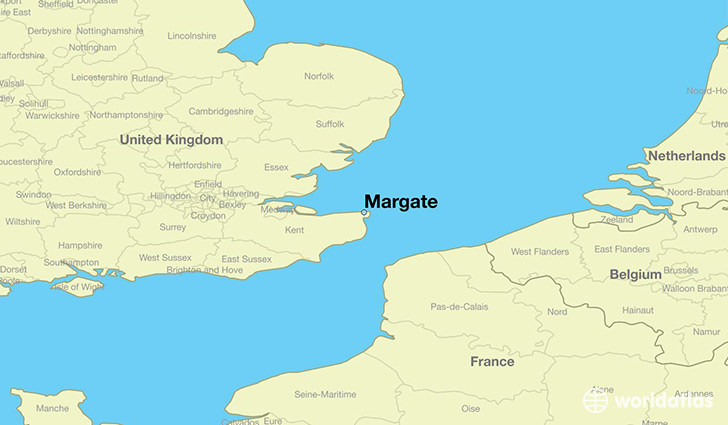
An interesting thing mentioned in the book is that Archbishop Ussher said that the creation occurred on October 23, 4004 B.C at 9 a.m. James Ussher (or Usher; 4 January 1581 – 21 March 1656) was the Church of Ireland Archbishop of Armagh and Primate of All Ireland between 1625 and 1656. He was a prolific scholar and church leader, who today is most famous for his identification of the genuine letters of the church father, Ignatius of Antioch, and for his chronology that sought to establish the time and date of the creation.

Jesse Foot published a biography of John Hunter. Jesse Foot (1744–1826) was an English surgeon and biographer. Foot wrote a slanted Life of John Hunter.

